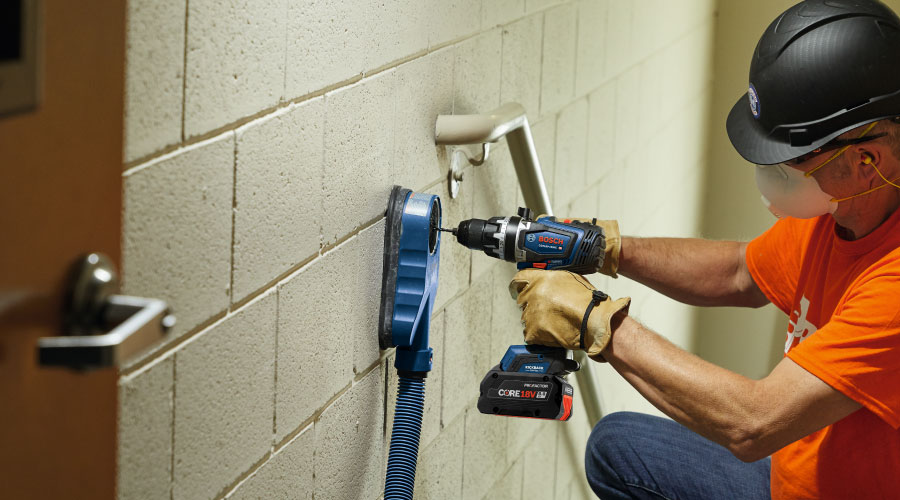Documentation Critical To Fulfilling Utility Rebate Requirements
Agreements with utilities are not set in stone and are not guaranteed. The agency issuing the check has to verify savings and conduct its own engineering analysis, and it is possible for incentives to change mid-project, if unforeseen issues or problems arise. If the work has not been done within the agreed-upon time frame, the agreement is voided. For those reasons, it's important to understand exactly what documentation is required going into a project, so that senior management can be confident about how much the project will actually cost.
"I work closely with account managers at utilities and often get preapproval with a documented letter stating their financial commitment to us," says Jeff Hanulec, director of engineering at the Sheridan Boston Hotel. Hanulec works with his local electric utility company and relies on an outside energy management company to do the justification and rebate calculations.
Hanulec takes advantage of both standard rebates and custom measures. He recently completed a project in which vendors presented a custom incentive to the utility that ended up paying for almost 50 percent of the project. A total of 56 electronically commutated motors, or ECMs, were installed in walk-in coolers. The ECMs cost $30,000. The utility paid $14,000 of the cost, and the project will pay for itself within 11 months, says Hanulec. Another recent project installed automatic combustion controllers on four boilers and put them under a digital monitoring system. This cost $80,000 to complete, but the utility paid for $48,000, and the project will pay for itself in 13 months.
"We are continually looking for projects we can justify and fund," says Hanulec. "The owner looks for 18- to 24-month paybacks." Nonetheless, there are times when the hotel embarks on an energy efficiency upgrade that makes environmental and financial sense, even if there is no incentive. For example, right now Hanulec is looking at replacing 3.5 gallon toilets with new fixtures that use 1.1 or 1.6 gallons.
Maryellen Lo Bosco is a freelance writer based in Asheville, N.C., who covers facility management and technology. She is a contributing editor for Building Operating Management.
Related Topics:













